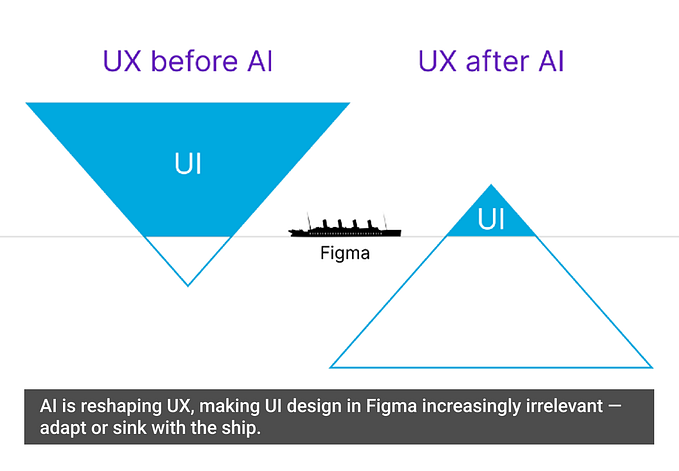Member-only story
Featured
We’re all going to need accessibility affordances one day
UX probably needs to think more about aging.

We’re all getting older, quite literally. Aging populations have become a significant trend in countries like the US and Japan where birth rates are falling and people are living longer than ever before. It’s great to have longevity — but ensuring the quality of that long life should be a chief concern of both politicians and user experience designers.
Ashley Shew writes in her (in my humble opinion) required reading book, Against Technoableism: Rethinking Who Needs Improvement,
“We can never have too many reminders that anyone who lives long enough can expect disability eventually; disability is a very normal and predictable part of the human experience.”
If we’re lucky enough to become octogenarians, we will all need accessibility affordances. Shew, and many others, tell us that the future will see more disabilities, but that approaches to assistive technology as they are now might not be the “solution.” Indeed, thinking as disability as a problem to “solve” is tantamount to technoableism.
Against Technoableism: Rethinking Who Needs Improvement

What does Shew mean by “technoableism?”
“We need to be wary of technoableism — technology development and marketing that makes it seem like disability is a big, bad thing that needs to be downplayed or eliminated.”
Disability is not something to be eliminated — if you’re advocating for that you sound like either a supervillain or eugenicist or both. Shew asks us, literally in the title, to consider who needs improvement. Is it the (often full time) job of the disabled to find work arounds for exclusionary experiences? Or should their needs be considered by the designers of the experience in question?







